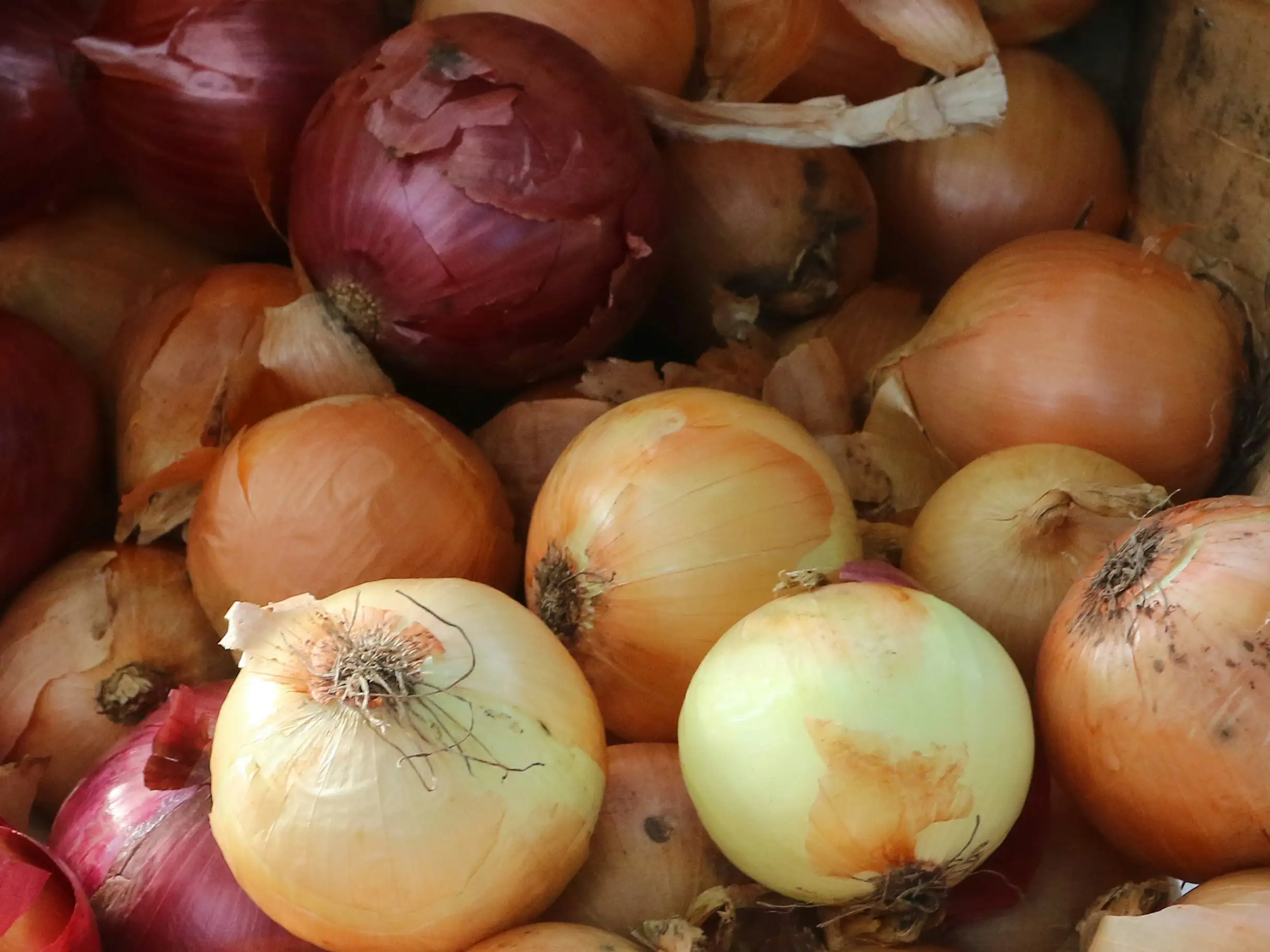AUTUMN IS NATURE'S PLANTING TIME
Autumn is the ideal time to indulge in planting just about everything!
At a glance;
You need …
· Selected plants
· Tools, fork & spade, for digging
· Planting mix or compost
· Controlled release fertiliser such as ican Slow Food
· Stakes and ties (for tall trees and shrubs)

After the energy-sapping heat of summer, autumn’s cooler air allows us to be busy outdoors. Plants love autumn too. The soil stores summer’s warmth making it perfect for root growth when the rain comes along. Above ground, leaves and shoots thrive in cool moist air.
New plantings that have time to make substantial root growth before winter are ready to support the rapid top growth in spring. Conversely, roots that are transplanted into cold spring soil can struggle to keep up with the demands of rapidly expanding top growth.
Trees, shrubs and hedges are top priority for autumn planting. Planting in autumn effectively saves water because well established roots are less dependent on watering during their first summer.
Edibles to plant include cabbages, cauliflowers and other brassicas, which are sweeter at harvest after a touch of winter chill. Plan and prepare the ground for new seasons fruit trees, which start arriving in garden centres from March. Blueberries and feijoas are ideally planted now. In frost-free climates it’s a good time to plant citrus and avocados.
Flowering annuals and perennials also thrive when planted in autumn. Choose annuals that survive the winter cold–pansies, primula, polyanthus and cyclamen flower from autumn right through winter and spring. Poppy seedlings (or seeds) planted in autumn will flower early spring.
Spring flowering bulbs such as tulips, daffodils and hyacinths thrive and grow through winter to produce flowers from late winter.
Autumn planting tips:
- Watch your watering - a common cause of dead plants is too much water. As we head into the cooler months, plants have far lower water requirements. It’s best to give plants a deep soak less regularly, instead of constant frequent watering. Add a really good layer of organic mulch with a deep soak, and you can almost turn the hose off until mid-spring.
- Dig a $50 hole for a $15 tree - this old saying is a goodie. When planting any new plants, spend most of your time and money on improving your soil, drainage, staking, mulching and maintenance. It’s dirty work, but you won’t regret it.
- Feed now - add ican Slow Food into the planting hole. Supplying nutrients for up to 24 months, Slow Food continues to feed when you forget.
- Position stakes for trees while you can still see the roots. Ideally use two stakes, one each side of the tree, and tie with flexible ties.
- Ditch the weed mat - synthetic weed mat is detrimental to plant and soil health in the long term. It also adds cost, puts plastic into the environment, and is tricky to install. Look for bio-degradable wool alternatives if you really need matting, but 100mm of organic mulch is our recommended option.
- Species selection is key - just because you saw that lush banana tree on Pinterest, doesn’t mean it’s going to love the your climate! Talk to your local garden centre team to ensure plants are suitable for your site before you put them in the ground.
Top picks for Autumn planting
Hedges for screening
Where there is a need add a privacy screen or shelter, hedges offer a cooler, softer alternative to fences and walls and its surprising how quickly this can be achieved. Ask at your garden centre for a hedge to suit your needs. TIP: the best shrubs for hedges have small closely packed leaves.
Fairy magnolias
Fairy Magnolia® is a new hybrid of Michelias bred to produce masses of beautiful fragrant flowers. These plants are so free flowering that they have a flower bud at each leaf axil and have been known to provide a light flush of flowers during summer too.
Camellias
Useful as small trees, colourful flowering container plants, background fillers, hedges or wall plants and groundcover, camellias are among the most versatile evergreens with colourful flowers during autumn and winter.
Lavender
Lavenders offer fragrance and eye-catching colour for pots and garden borders. They mix well with other garden plants and make a colourful addition to herb and vegetable gardens, attracting bees and many other beneficial insects. There is a variety to suit any soil and climate.
Spring flowering bulbs
Don’t miss out on the chance to plant your choice of the colourful range of spring flowering bulbs available in garden centres for the new autumn season. Equally suited to pots, these treasures will light up your life in late winter and early spring. TIP: even with just a few bulbs, plant closely for impact.
Heucheras
These versatile foliage perennials remain firm garden favourites, popular as edging, mass groundcover, for mixing with flowering annuals, or as colourful foliage for pots. They look great all year, cope with dry conditions and the range of colourful varieties is astounding. Pretty, long lasting flowers are the ‘icing on the cake’.
Viburnum ‘Davidii’
A shapely little evergreen shrub with attractive large leathery leaves, pretty white flowers with dark-blue centres. It combines beautifully with grasses or fine leafed shrubs. Male and female flowers are produced on separate plants, and planting a ratio of at least 1 male to 5 females is rewarded with blue autumn berries.
Pseudowintera ‘Red Leopard’
This stunning compact shrub is a selection of the NZ Horopito. In tones of ruby red and lime green the foliage makes a superb year round show in the garden or containers. For best colour plant it where it gets some sun and trim it to shape if required.




